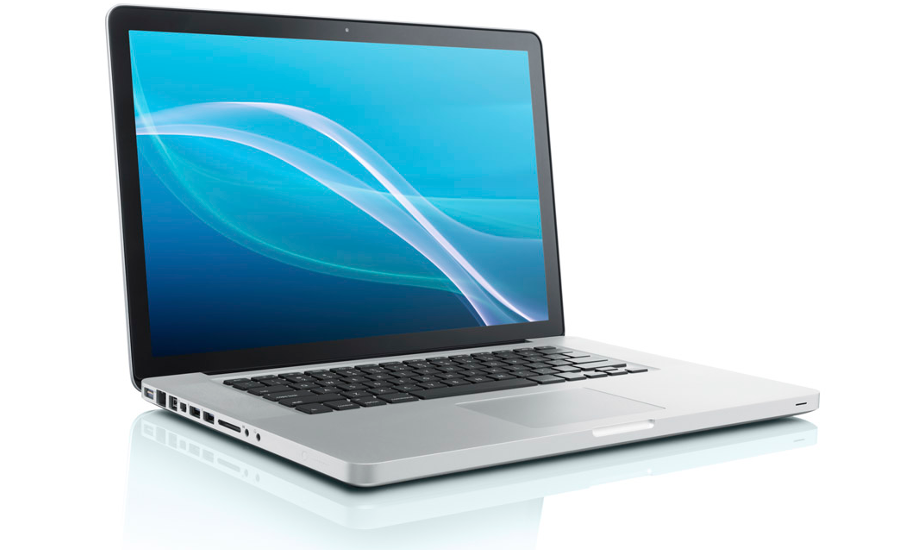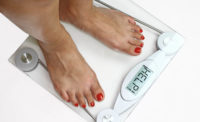Eye relief for “screen strain”

Studies show that eye strain and other bothersome visual symptoms occur in 50 to 90 percent of computer workers.
Here are relief steps you can take:
• According to the National Institute of Occupational Safety and Health (NIOSH), computer users should have an eye exam before they start working on a computer and once a year thereafter.
During your exam, be sure to tell your eye doctor how often you use a computer at work and at home.
Measure how far your eyes are from your screen when you sit at your computer, and bring this measurement to your exam so your eye doctor can test your eyes at that specific working distance.
• Eye strain often is caused by excessively bright light either from outdoor sunlight coming in through a window or from harsh interior lighting. When you use a computer, your ambient lighting should be about half as bright as that typically found in most offices.
Eliminate exterior light by closing drapes, shades or blinds. Reduce interior lighting by using fewer light bulbs or fluorescent tubes, or use lower intensity bulbs and tubes. If possible, position your computer monitor or screen so windows are to the side, instead of in front or behind it.
Many computer users find their eyes feel better if they can avoid working under overhead fluorescent lights. If possible, turn off the overhead fluorescent lights in your office and use floor lamps that provide indirect incandescent or halogen lighting instead.
Sometimes switching to "full spectrum" fluorescent lighting that more closely approximates the light spectrum emitted by sunlight can be more comforting for computer work than regular fluorescent tubes. But even full spectrum lighting can cause discomfort if it's too bright. Try reducing the number of fluorescent tubes installed above your computer workspace if you are bothered by overhead lighting.
• Glare on walls and finished surfaces, as well as reflections on your computer screen also can cause computer eye strain. Consider installing an anti-glare screen on your monitor and, if possible, paint bright white walls a darker color with a matte finish.
Again, cover the windows. When outside light cannot be reduced, consider using a computer hood.
If you wear glasses, purchase lenses with anti-reflective (AR) coating. AR coating reduces glare by minimizing the amount of light reflecting off the front and back surfaces of your eyeglass lenses.
•If you have not already done so, replace your old tube-style monitor (called a cathode ray tube or CRT) with a flat-panel liquid crystal display (LCD), like those on laptop computers.
LCD screens are easier on the eyes and usually have an anti-reflective surface. Flicker is not an issue with LCD screens, since the brightness of pixels on the display are controlled by a "backlight" that typically operates at 200 Hz.
Choose a relatively large display. For a desktop computer, select a display that has a diagonal screen size of at least 19 inches.
• Adjusting the display settings of your computer can help reduce eye strain and fatigue. Generally, these adjustments are beneficial:
Brightness: Adjust the brightness of the display so it's approximately the same as the brightness of your surrounding workstation. As a test, look at the white background of this Web page. If it looks like a light source, it's too bright. If it seems dull and gray, it may be too dark.
Text size and contrast: Adjust the text size and contrast for comfort, especially when reading or composing long documents. Usually, black print on a white background is the best combination for comfort.
Color temperature: This is a technical term used to describe the spectrum of visible light emitted by a color display. For computers running on a Microsoft Windows operating system, display settings can be adjusted in Control Panel. For an Apple computer, display settings are found in Systems Preferences (in the Applications folder in Finder).
In some cases, the color temperature of a desktop computer monitor is adjusted on the display itself.
• Blinking is very important when working at a computer; blinking moistens your eyes to prevent dryness and irritation.
If you experience dry eye symptoms, ask your eye doctor about artificial tears for use during the day.
To reduce your risk of dry eyes during computer use, try this exercise: Every 20 minutes, blink 10 times by closing your eyes as if falling asleep (very slowly). This will help rewet your eyes.
• Another cause of computer eye strain is focusing fatigue. Look far away at an object for 10-15 seconds, then gaze at something up close for 10-15 seconds. Then look back at the distant object. Do this 10 times. This exercise reduces the risk of your eyes' focusing ability to "lock up" (a condition called accommodative spasm) after prolonged computer work.
• To reduce your risk for computer vision syndrome and neck, back and shoulder pain, take frequent breaks during your computer work day.
According to a recent NIOSH study, discomfort and eye strain were significantly reduced when computer workers took four additional five-minute "mini-breaks" throughout their work day.
• If you need to look back and forth between a printed page and your computer screen, this can cause eye strain. Place written pages on a copy stand adjacent to the monitor.
Source: Guarantee Trust Life Insurance Company
Looking for a reprint of this article?
From high-res PDFs to custom plaques, order your copy today!





